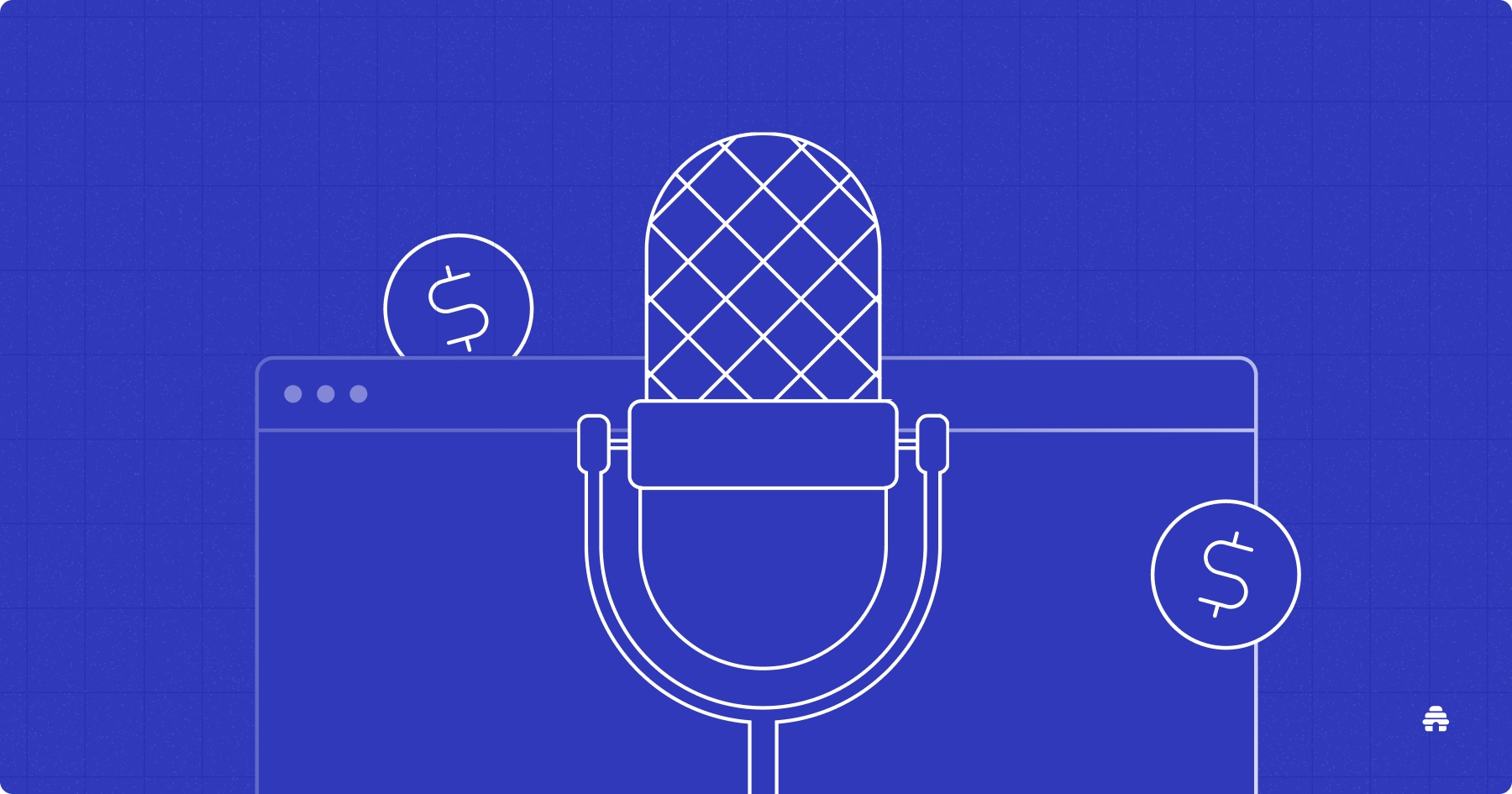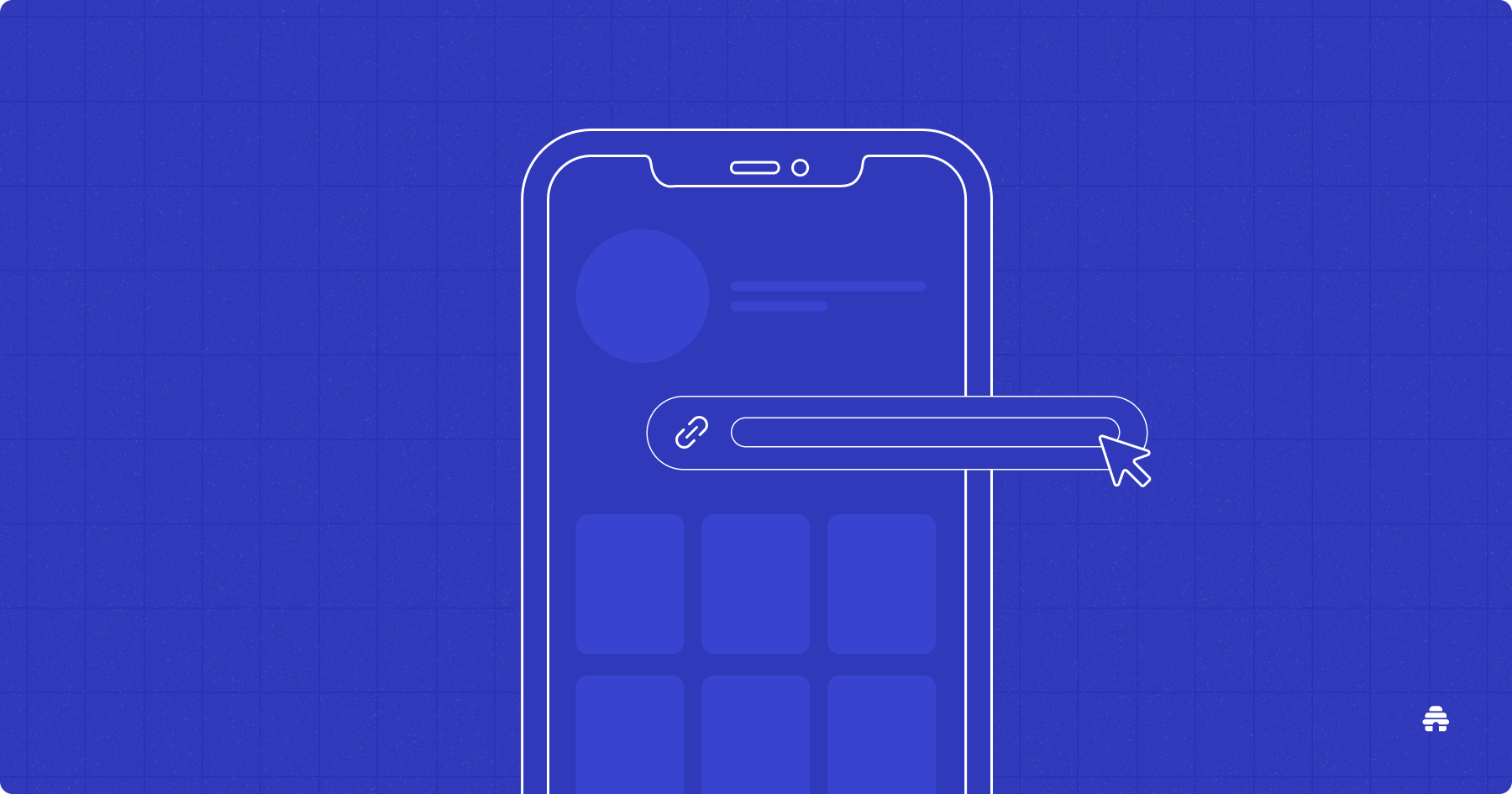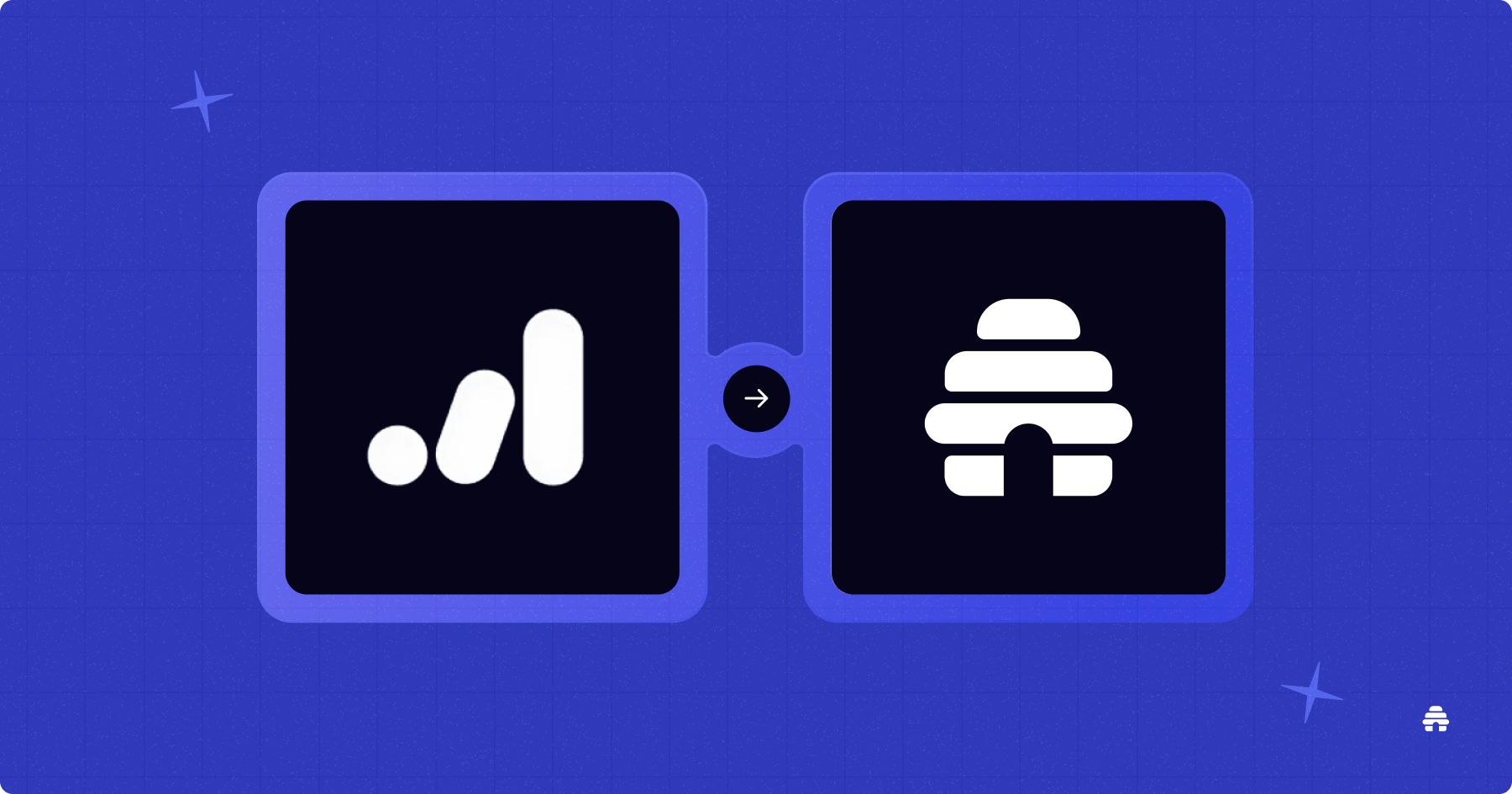- Home
- Posts
Making Money With Substack: A Creator's Guide
An Inside Look at Paid Subs, Ads, and Other Models

More writers than ever are transforming their newsletters into thriving businesses. Platforms like Substack and beehiiv make monetization easier, and creators have embraced several different models for their brands.
There’s no shortage of ways to generate revenue. You can earn with paid subscriptions, sponsorships, affiliate marketing, and more.
This guide breaks down the most popular approaches to Substack monetization, highlighting the strengths and weaknesses of the platform.
Table of Contents
4 Ways To Achieve Substack Monetization
When it comes to Substack monetization, writers have options. Each of the following paths has its own set of challenges and rewards, and the best choice often depends on your audience and niche.
Paid Subscriptions Still Work When Done Right
The most direct route to Substack revenue is turning free subscribers into paying members. This is the core of the Substack business model, but it's harder than it looks.
The key is creating a clear distinction between your free and paid content. Readers need a compelling reason to open their wallets. A common mistake is simply offering more content instead of better content.
Take a page from beehiiv superstar Michelle Wolf's playbook. Wolf focuses solely on paid subscriptions for her international real estate newsletter, European Listings. In just one year, she's gained 2,000 paid subscribers eager for help navigating opportunities abroad.

A reader's choice between Substack's free vs. paid newsletters comes down to the value you provide. Offer content subscribers can't find elsewhere. Think expert interviews, detailed case studies, or early access to special reports.
The pro to paid subscriptions is that they create a predictable, recurring income stream.
The con? It can take a long time to build an audience large enough to support you, and the pressure to deliver for paying subscribers is constant.
Using Sponsorships and Partnerships
Sponsorships let you monetize without charging your readers. Instead, you partner with brands that want to reach your audience.
The most successful sponsorships feel like a natural fit. When the ad provides genuine value to the reader, it performs much better.
That's the key takeaway from Rorrie Salazar's experience with beehiiv's Ad Network and direct sponsorships for the newsletter You Got a Minute?
Salazar insists, “Any monetization strategy must resonate with my audience.”

Outline your value for potential subscribers with a simple media kit that outlines subscriber numbers, open rates, and audience demographics. If they're slow to come to you, you can reach out to the right brands with a personalized pitch.
The main benefit of this approach is that it allows you to keep content free. However, finding the right sponsors takes work, and negotiating rates can be tricky. You also risk alienating readers if your ads feel too frequent or irrelevant.
People crave connection. Offering access to a private community, like a Slack channel or Discord server, can be a powerful incentive for readers to upgrade to a paid tier and creates a sense of exclusivity and belonging that goes beyond the content itself.
Premium communities work particularly well when they're full of members with disposable income who want help increasing those earnings. Jessy Grossman taps into this desire with Women in Influencer Marketing's premium $500/year price tag.

I’ve seen creators host monthly Q&A sessions, expert workshops, or virtual meetups exclusively for their paid members. These events build loyalty and turn subscribers into true fans.
For example, Swifties everywhere rejoiced when their favorite newsletter, Krista Doyle's Taypedia, took the community to a new level with Chalant, an app built for music superfans. The app now attracts enthusiasts from multiple fandoms.

The upside is that creating a community builds a strong, defensive moat around your newsletter. The downside is that managing a community takes significant time and energy. You have to be prepared to be an active and engaged moderator.
Selling Products or Courses Through Your Newsletter
Your newsletter is the perfect platform for launching your own digital products. You've already built trust and demonstrated your expertise, making your subscribers the warmest possible audience for a new offer.
Many successful writers use their newsletters to sell eBooks, online courses, templates, or consulting services.
Matt Brown created a massive library of documents from college athletic departments for his paid subscribers to Extra Points. He also licenses this content to universities that want to offer it in their sports management programs.

You don't need to woo academia to develop new revenue streams. A freelance writer might launch a course on finding high-paying clients, or a design-focused newsletter could sell a pack of custom Canva templates.
This method gives you complete control over your product and revenue. However, creating a high-quality product is a major undertaking that requires a different skill set than writing a newsletter. It’s a big project, but the payoff can be substantial.
For some creators, it makes sense to pursue affiliate marketing opportunities instead of marketing their own products. Delaney Childs has used beehiiv and smart affiliate opportunities to turn her passion for fashion into a steady source of income.

Why I Think beehiiv Has the Edge
While Substack is great for focusing on writing, its monetization tools often feel like an afterthought. This is where beehiiv steps ahead. The platform was built with monetization at its core.
beehiiv Boosts Create Passive Income
One of beehiiv’s best features is Boosts. It allows you to recommend other newsletters to your subscribers and get paid for every new reader you send their way. This creates a passive income stream that runs in the background.
Instead of tracking down partner publications and tracking clicks, you simply choose which publications you want to promote, and beehiiv handles the rest. It’s an easy way to start earning revenue without needing a huge audience or a paid subscription model.
And the payoff can be HUGE. Matt Navarra of Geekout earned $25,000 in just one month with Boosts. As for Yaroslav Sobko of Cyber Corsairs, he turned sponsored plugs like the ones below into $65,000 over seven months.

The beehiiv Ad Network Makes Monetization Simple
Finding sponsors on Substack is a manual process that involves outreach, negotiation, and reporting. The beehiiv Ad Network turns this on its head. It connects writers directly with advertisers who are ready to sponsor newsletters.
There’s no need to create a media kit or send cold emails — though it helps to have a page for sponsors.
You just sign up, and beehiiv matches you with relevant brands. You don't need to wait until you have a large audience. Tara Finestone started monetizing Netter News from week one with easy-to-add plugs.

This simplifies making money with Substack-style newsletters by taking the guesswork out of sponsorships. It lets you focus on creating great content while the platform handles the ad sales.
You can also bundle ads or make them part of larger brand partnerships. After migrating Pure Procurement from Substack to beehiiv, Joël Collin-Demers experimented with monetization strategies. He now packages ads with webinars, newsletter features, and more.
Everything Is Built Into One Platform
The biggest advantage beehiiv offers is its all-in-one platform.
beehiiv's functionality also persuaded GRIT Capital to switch its total of 360,000 subscribers over from Substack. The creators now have access to growth and collaboration tools in the same spot as publishing and monetization tools for their publications, including Rate of Return.

You can manage paid subscriptions, run newsletter recommendations through Boosts, and secure sponsorships via the Ad Network — all from a single dashboard. This integration is a huge time-saver.
With Substack, people often need third-party tools to manage different aspects of a newsletter business. With beehiiv, everything feels connected.
A streamlined approach makes managing your revenue streams much simpler and lets you own the entire relationship with your audience without relying on outside integrations.
My journey into newsletter monetization has taught me one big lesson: there's no single magic button.
Whether you're considering Substack or another platform, success comes from understanding your audience and consistently delivering value they can't get anywhere else. It’s about building a relationship first, then finding the right way to ask for support.
Substack offers a simple starting point for writers. However, its limited toolset can feel restrictive. The manual effort required for sponsorships and the lack of built-in growth tools have lured many writers over to beehiiv.
At beehiiv, you can have a platform with subscriptions, an ad network, and best-in-class growth tools. With beehiiv, you build a business on your own terms, which is the most valuable asset a creator can have.
Get started and earn more money from your content. Sign up for a free trial today.
Why Trust Me
I'm an experienced digital marketer and newsletter creator. I regularly research the hottest new trends and have established best practices in email-first businesses.
Frequently Asked Questions
How can you get 1000 paid subscribers on Substack?
Reaching 1,000 paid subscribers requires a focused strategy. First, publish high-value, niche content consistently to build a loyal free audience.
Create a clear value proposition for your paid tier, offering exclusive content like deep dives, expert interviews, or community access that free readers can't get.
You should also promote your newsletter across social media and collaborate with other writers to grow faster.
How much money can you make with Substack?
Your potential earnings on Substack vary widely based on your niche and audience size. But if you have 1,000 paid subscribers at $5 per month, you could earn $5,000 monthly before Substack's 10% cut and payment processing fees.
What are the drawbacks of using Substack?
The primary drawbacks of Substack are its limited monetization and customization options. The platform takes a 10% cut of subscription revenue, and it lacks built-in tools for sponsorships or affiliate marketing, forcing creators to manage those manually.
You also have less control over your branding and website design compared to other platforms.
Which pays better, Medium or Substack?
Substack generally offers a higher earning potential for writers with a dedicated following. On Substack, you set your own subscription price and earn recurring revenue directly from your audience.
Medium's Partner Program pays writers based on member read time, which can be unpredictable and often results in lower earnings unless your articles consistently go viral.
How does Substack monetize?
Substack writers' primary monetization method is through paid subscriptions.
Is Substack better than Patreon?
It depends on your goals. Substack is designed for writers and focuses on delivering newsletters and articles. It’s ideal if your main product is written content.
Patreon is more versatile, supporting a wider range of creators like podcasters, video producers, and artists by offering flexible membership tiers and benefits. If you create more than just written content, Patreon might be a better fit.



